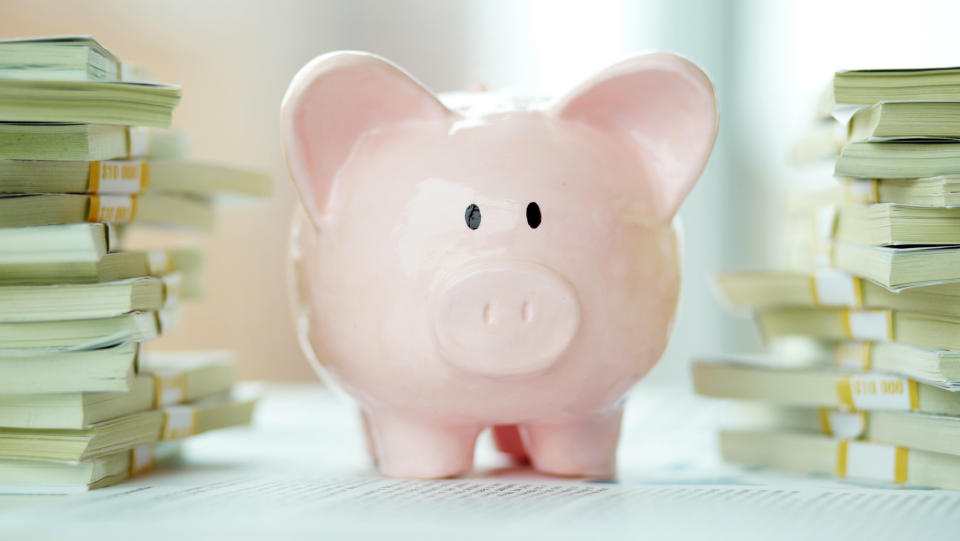Avoid These 5 Big Mistakes in Your RRSP

In Registered Retirement Savings Plans (RRSPs), you can earn interest from cash, GICs, bonds, and treasury bills. You can also hold mutual funds, ETFs, stocks, and income trusts for higher growth or more income, but these investments come with greater risk and volatility.
The key benefit of investing in RRSPs is that contributions reduce your taxable income for the year, and the returns achieved inside are tax deferred. Ideally, you?ll contribute and invest in RRSPs and allow your investments to compound at decent rates of returns for decades until you retire.
As soon as you withdraw from RRSPs (or RRSPs turned RRIFs), the amount will be taxable income when tax-reporting time comes around, though withdrawals for the Home Buyers? Plan and the Lifelong Learning Plan are two exceptions.
With that in mind, here are some big mistakes you should avoid in RRSPs.

Experimenting with your RRSP
Do not experiment with your RRSP. You should test out your investment strategies in a non-registered account before investing in RRSPs. Apply your successful investment strategies in RRSPs, because losses in RRSPs cannot be written off.
Over contributing
Your RRSP contribution room starts accumulating when you file your first tax return. After that, you will receive a notice of assessment from the Canada Revenue Agency indicating your deduction limit.
If you contribute more than $2,000 over that limit, it?ll count as over contribution. Excess contributions are taxed 1% per month. So, avoid over contributing.
Not earning U.S. dividends in RRSPs
If Canadians earn U.S. dividends, they should do so in their RRSPs. Particularly, they should hold stocks that yield, say, 3% or higher, in their RRSPs. Simon Property Group Inc. (NYSE:SPG) is a good candidate. It yields 4.5%.
Because there?s a tax treaty between the U.S. and Canada, U.S. dividends inside RRSPs won?t get a U.S. withholding tax of (typically) 15%. That 15% will be withheld in a non-registered or Tax-Free Savings Account. If you use a non-registered account, you can file for a foreign tax credit to recover the withheld 15%, but the foreign income will still be taxed at your marginal tax rate.
Buying Canadian dividend stocks in RRSPs
Since eligible Canadian dividends are taxed favourably in non-registered accounts, it makes sense to invest Canadian dividend stocks in there instead of in RRSPs. Save room in your RRSP for U.S. dividend stocks instead. Popular Canadian dividend stocks that pay eligible dividends include Fortis Inc. (TSX:FTS)(NYSE:FTS) and Toronto-Dominion Bank (TSX:TD)(NYSE:TD).
Contributing to RRSPs when you?re in a low tax bracket
You save more taxes on your RRSP contributions if you?re in a high tax bracket. So, if you?re in a low tax bracket now and you expect to be in a higher tax bracket in the future from career advancements or growing investment income in your non-registered accounts, save your RRSP contribution room for future use.
More reading
The surprising new technology that could create the world's very first TRILLIONAIRE
The Uber Hack Should Prompt You to Buy These 2 Stocks Right Now
This Canadian Disruptor Could Rattle an Entire Industry in 2018
Fool contributor Kay Ng owns shares of Simon Property Group.

 Yahoo Finance
Yahoo Finance 